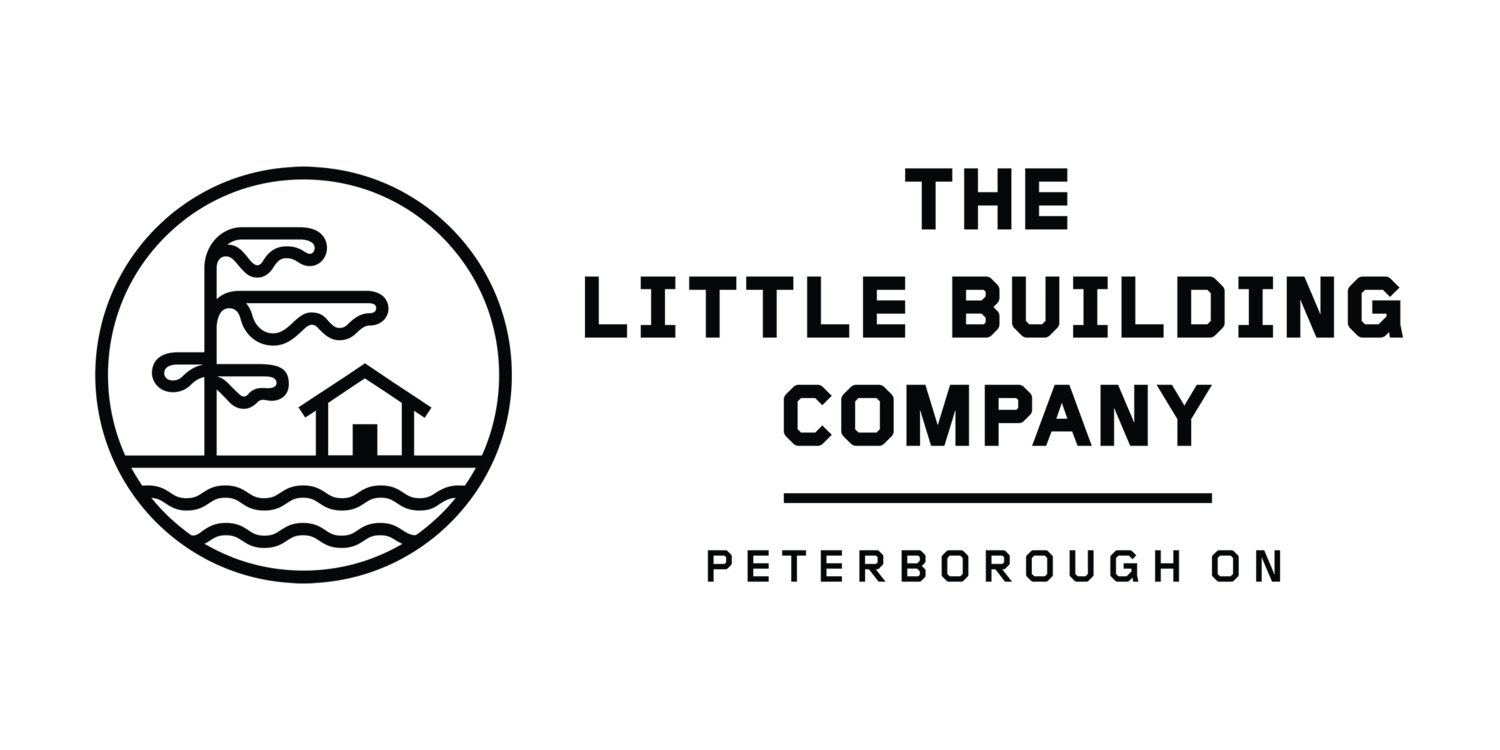Choosing the Right Roof Material: Shingles vs. Steel Roofing
When it comes to selecting a roofing material, homeowners and builders alike are faced with a crucial decision: Shingles or steel? In this blog post, we’ll dive into the key factors of shingle and steel roofing, including lifecycle costs, recyclability, and discuss why we prefer steel roofing.
Shingles: Traditional and Versatile
1. Types and Ease of Use
Asphalt shingles are the most common roofing material, celebrated for their affordability and ease of installation. They come in various styles and colours, making them a popular choice for a wide range of architectural designs. Their flexibility allows for straightforward installation around complex roof intersections and penetrations, such as chimneys and skylights.
2. Lifecycle Costs
While shingles are cost-effective upfront, they have a shorter lifespan compared to steel roofing. Traditional asphalt shingles typically last between 15 to 30 years. Over time, this can mean frequent replacements and ongoing maintenance costs. Furthermore, the need for periodic repairs and eventual replacements can add up.
3. Environmental Impact
One of the significant downsides of asphalt shingles is their environmental impact. Shingles are often disposed of in landfills at the end of their life cycle, where they contribute to waste and take up considerable space. While some recycling programs exist, they are not universally available.
Steel Roofing: Durable and Eco-Friendly
1. Longevity and Durability
Steel roofing is a robust alternative with a lifespan that often exceeds 50 years. This durability can be attributed to steel's resistance to harsh weather conditions, including heavy rain, snow, and high winds. Unlike shingles, steel roofing requires minimal maintenance, translating into lower long-term costs.
2. Lifecycle Costs
Though steel roofing comes with a higher initial price tag, its longevity and low maintenance requirements can result in significant savings over time. By investing in steel, you potentially save on repair costs and avoid the need for frequent replacements, making it a cost-effective choice in the long run.
3. Recyclability
Steel roofing boasts impressive environmental benefits. It is highly recyclable, and many steel roofing products are made from recycled materials. At the end of its lifecycle, steel can be reclaimed and repurposed, reducing its environmental footprint. This contrasts sharply with the disposal issues associated with asphalt shingles.
Why We Prefer Steel Roofing
At Little Building Company, we opt for steel roofing for several compelling reasons:
Longevity: The extended lifespan of steel roofing minimizes the need for frequent replacements, offering long-term reliability.
Durability: Steel stands up to extreme weather conditions better than shingles, reducing the risk of damage and associated repair costs.
Environmental Responsibility: Steel’s recyclability aligns with our commitment to sustainable building practices, reducing our environmental impact.
Cost-Effectiveness: Despite a higher initial cost, steel roofing’s longevity and minimal maintenance lead to overall cost savings.
Conclusion
The choice between shingles and steel roofing ultimately depends on your priorities, whether they be cost, environmental impact, or practical considerations. While shingles offer ease of installation and versatility, steel roofing provides unmatched durability, low maintenance, and eco-friendliness. At LBC, we believe that the benefits of steel roofing align with our values and provide long-term advantages for our clients.
Choosing the right roofing material is a significant decision that impacts your home’s functionality, aesthetics, and environmental footprint. By considering the lifecycle costs, recyclability, and practical installation aspects, you can make a choice that suits your needs and contributes positively to the environment.


